Do you know these facts about crayfish? It's crayfish season and Swedes are stocking up on these dark red (or light pink) delicacies around the country. We have gathered a lot of exciting information about crayfish. Did you know this?
Innehållsförteckning
Crayfish
Crayfish often refers to freshwater crayfish, such as crayfish and signal crayfish, but the word is also used for Norway lobster, which is actually a different species, more closely related to lobster. Here we have mainly gathered facts about freshwater crayfish, although crayfish are included in a corner. Please also read our article on the popular crayfish disc.

Facts about crayfish
Here we have collected a number of interesting facts about crayfish. Our sources include the Swedish University of Agricultural Sciences (SLU) and the Swedish Agency for Marine and Water Management, as well as Wikipedia. Enjoy!
1. Crayfish live in freshwater
Crayfish (Astacidae, Cambaridae) and Parastacidae) are freshwater crustaceans in the group of large crustaceans, in the order of ten-footed crustaceans. But don't crayfish live in the sea, you ask? Well, absolutely. They simply belong to a different group of animals, although they are also called crayfish.
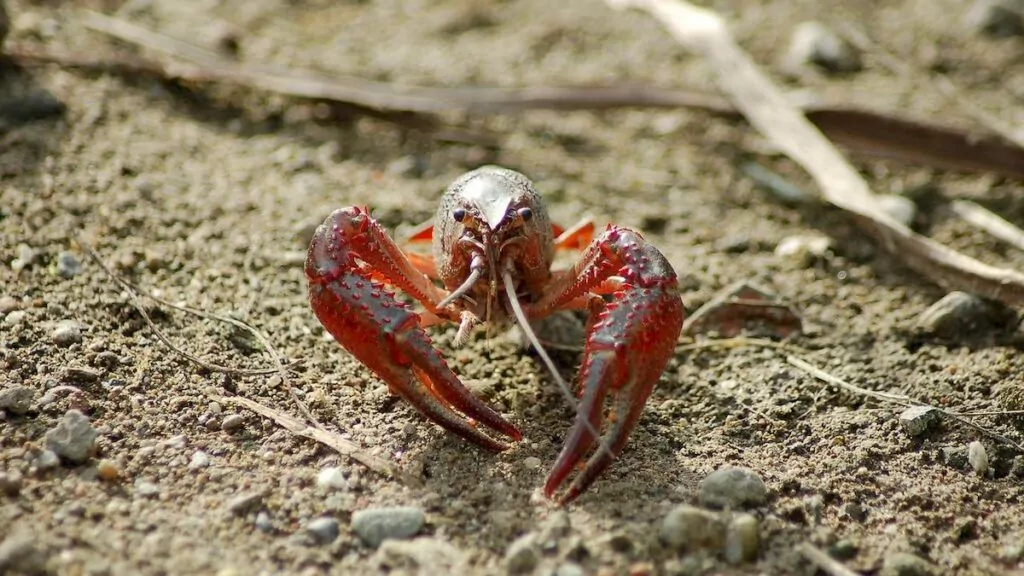
2. There are over 600 species of crayfish.
Freshwater crayfish belong to three families (Astacidae, Cambaridae and Parastacidae), which together comprise 618 different species. These include crayfish, signal crayfish and red swamp crayfish, which are species eaten by humans.
3. The crayfish is a close relative of the lobster.
The Norway lobster (Nephrops norvegicus) is a close relative of the common lobster. However, it is much smaller and slimmer, and has narrower claws. Unlike its relative, it lives on soft sandy and muddy bottoms, in seas from Iceland to Morocco.
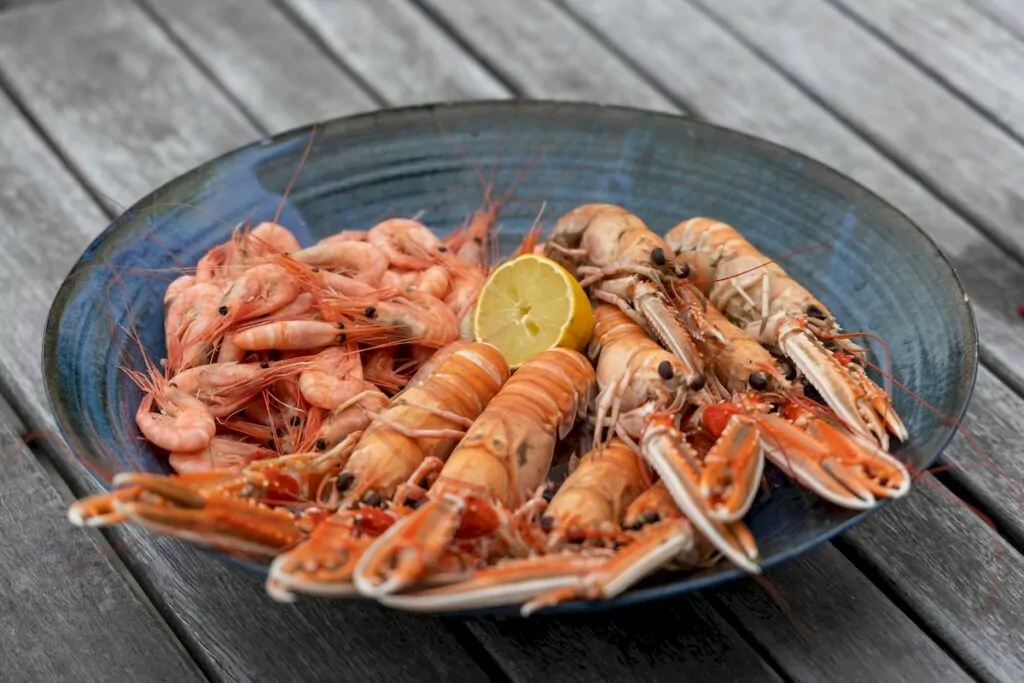
4. Norway lobster can be called emperor lobster
Another name for crayfish is emperor lobster, which is both grandiose and reminiscent of its relative the lobster. We have also heard that the animal can be called 'mud lobster'. In other words, it has many names.
5. Freshwater crayfish are found in many parts of the world
Freshwater crayfish in the families Astacidae live in Europe and western North America. Species in the family Cambaridae live in North America and eastern Asia. The family Parastacidae is found in Australia and New Zealand, as well as in Madagascar and some parts of South America.
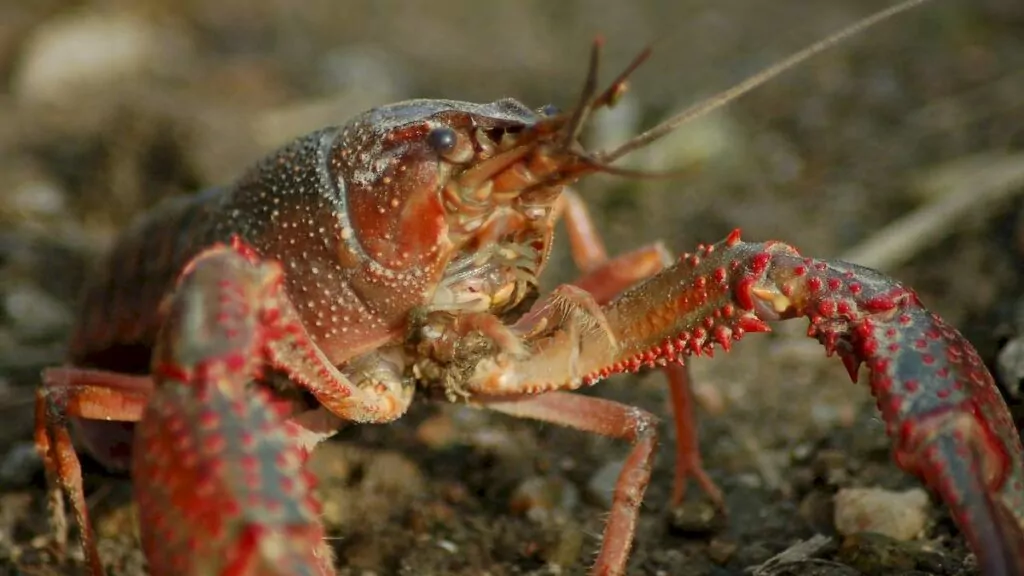
6. You can tell the difference between crayfish and signal crayfish
In Sweden we eat both crayfish and signal crayfish, and it is possible to tell the difference between the two. Crayfish are usually dark or black and have a row of small spines along the border between the head and the carapace. Signal crayfish are usually brown in colour and the claws are often lighter on the underside, with a large white-turquoise spot.
7. Crayfish have blue blood
Crayfish blood has a bluish colour, which is due to the transport of oxygen by binding to haemocyanin.
8. crayfish change their shells
The outer part of the crayfish consists of a hard shell (exoskeleton) that cannot increase in size. Therefore, in order to grow, the crayfish must shed the shell and form a new larger shell.
The old shell softens and cracks, allowing the crayfish to crawl out of it. The now soft (and defenceless) crayfish absorbs water in its body to increase its size. It then forms a new shell that hardens, becoming a new and larger shell. Young crayfish change their shells frequently, and adults can change their shells about 1-2 times a year. Were these surprising facts about crayfish for you, or did you have it all figured out?
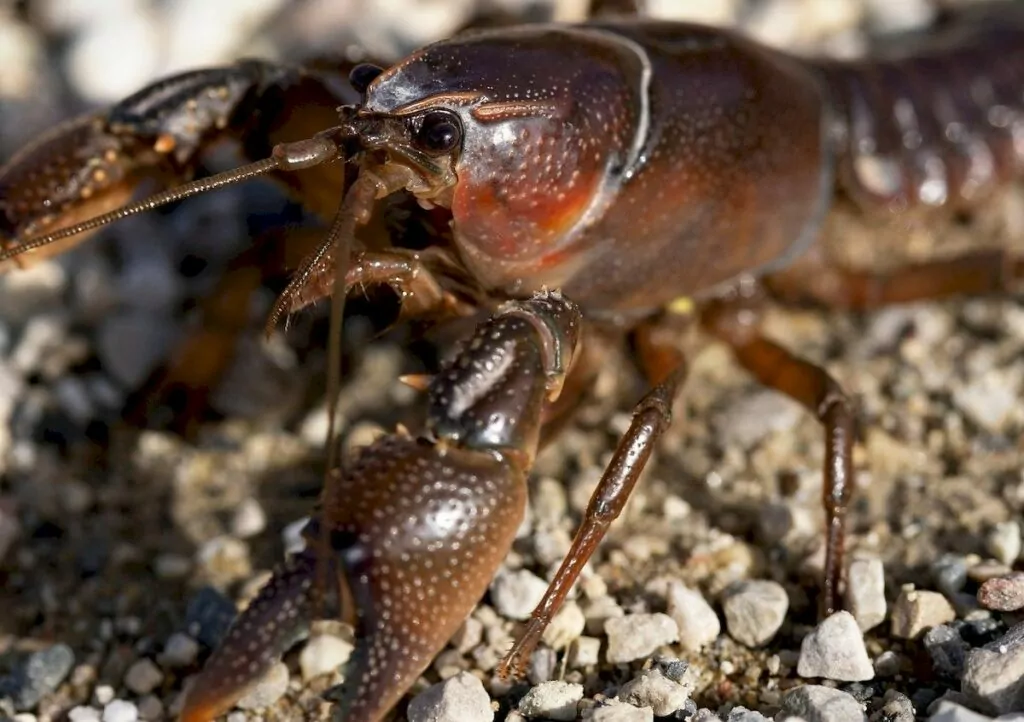
9. Males have a pair of "extra legs"
To see whether a crayfish or signal crayfish is a male or female, you can turn it over and look where the body ends and the tail begins. In males there are a couple of small "extra legs" that are completely absent in females.
10. New claws can grow
If a claw or leg of a crayfish is cut off, a new claw can grow. This explains why some specimens have one larger and one smaller claw.
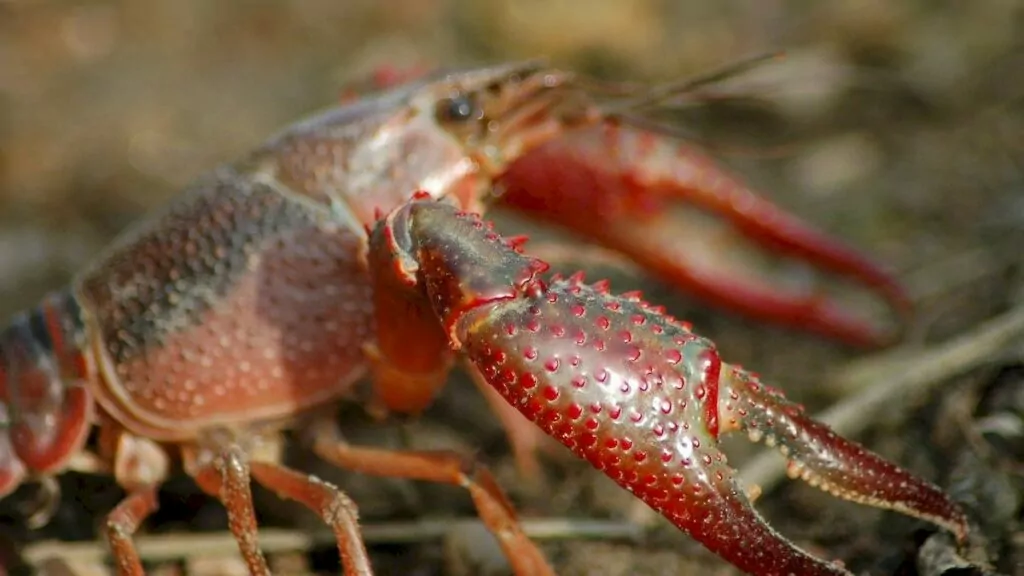
11. Mini-crayfish hatch from crayfish eggs
Crayfish and signal crayfish lay eggs, from which small miniature crayfish hatch. This is different from many other crustaceans, where life starts as a 'nauplius larva', i.e. an individual in a very early larval stage.
12. crayfish do not walk backwards
The perception that crayfish walk backwards has given rise to the term 'crayfish walk'. In fact, crayfish do not walk backwards. However, they can swim backwards by slapping their tails, which they sometimes do during territorial disputes or if they are frightened.
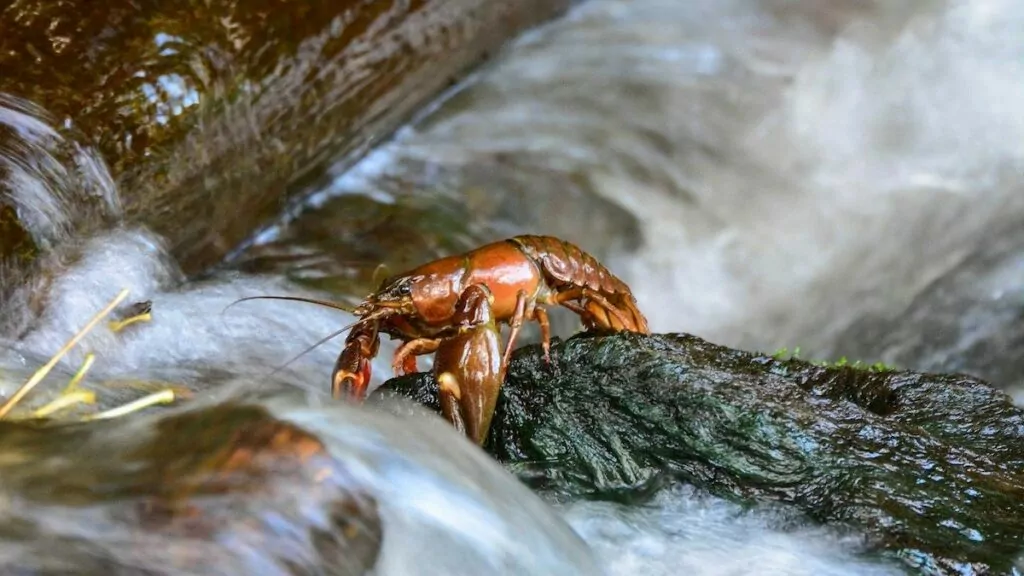
13. Crayfish are active at night
Crayfish are most active in the evening and at night, when they search for food. During the day they prefer to stay in their burrows, which are located in rotten trees, reed beds and other similar places.
14. Crayfish are omnivores and cannibals
Crayfish are not very fussy about their diet and eat all sorts of things. Their diet includes leaves, insects, fish and carcasses. In addition, they sometimes eat others of their own species. Above all, crayfish can be accidentally eaten when they have shed their skin and are relatively unprotected.
15. Crayfish plague is deadly for crayfish.
Crayfish plague is a disease affecting the Swedish crayfish (Astacus astacus), caused by the algae fungus Aphanomyces astaci. The first documented outbreak occurred in Italy in the 1860s, and it subsequently spread to large parts of Europe, where it eradicated endemic crayfish populations. For crayfish affected by crayfish plague, the mortality rate is 100 per cent.
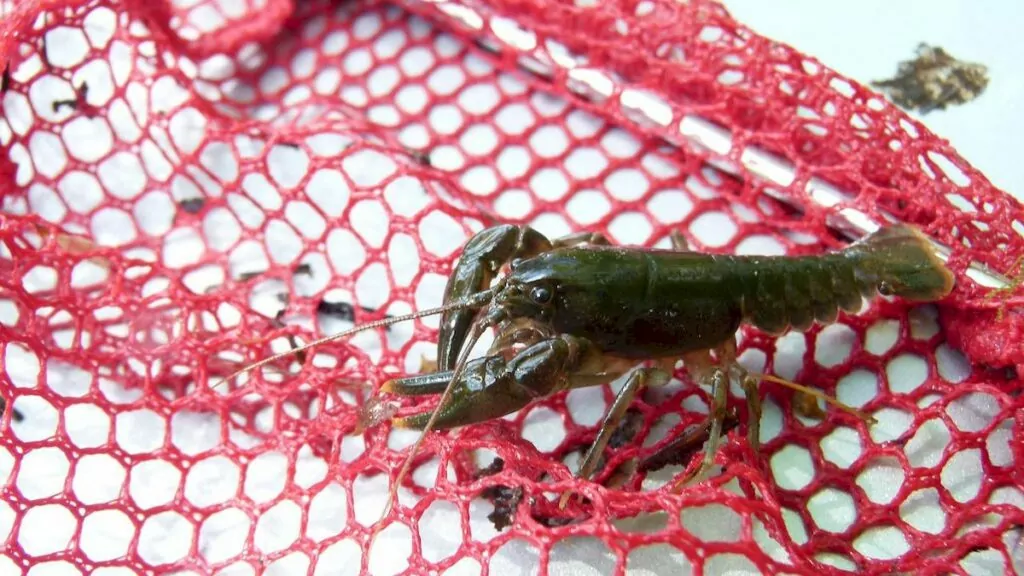
16. Most Swedish crayfish have been wiped out by the crayfish plague?
Since the Swedish crayfish died from crayfish plague, attempts were made in the 1960s to release American crayfish species with high resistance to crayfish plague. The release of signal crayfish worked well, but as these crayfish are carriers of crayfish plague, it is not possible to eradicate crayfish plague in waters where signal crayfish are present. As much as 98 per cent of the Swedish crayfish population has been wiped out by crayfish plague in just over a hundred years.

17. Efforts are being made to conserve the Swedish crayfish
Attempts are being made to conserve the Swedish crayfish, but there are major challenges. In order for the crayfish to survive, the water must be completely free of signal crayfish, and the fungus can also be introduced via water, boats or equipment. For the crayfish to remain in Sweden, monitoring, stopping the illegal release of signal crayfish, reintroducing crayfish and other measures are required.
18. There is no longer a date for the crayfish premiere.
In the past, crayfish fishing was regulated by limiting crayfish fishing to a certain period of time. Before 1982, the ban on fishing lasted until 7 August and then changed to the first Wednesday in August. As of 1994, there is no longer a time limit. However, in order to fish for crayfish, you must be a professional fisherman with a special licence, or a holder of fishing rights in your own waters.

19. Public may fish for crayfish in Lake Vättern
Lake Vättern is an exception when it comes to crayfish fishing. Here, the general public is also allowed to fish for crayfish in public waters between certain dates, as long as they follow the rules that apply to catch methods and quantities. The rules can change from year to year, so you need to check carefully before you go out.
20. crayfish are caught with pots or crayfish cages.
Crayfish are usually caught with a crayfish trap or cage, i.e. cages or baskets where the animal can get in easily but has difficulty getting out. Crayfish are lured into the cages with roach, bream or other white fish, but nettles or potatoes can also work. The cages are lowered from a rowing boat or from the shore, and weeded a few hours later.
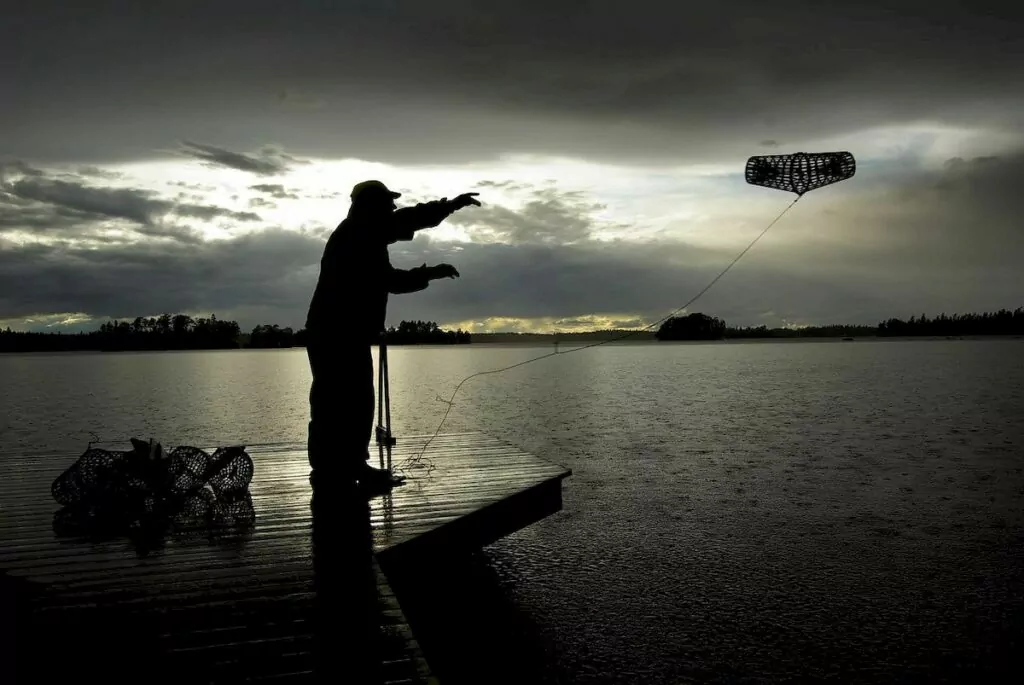
21. Crayfish should be starved a day before cooking.
Once caught, crayfish should be kept alive until cooked. They should also be starved for at least 24 hours to empty their intestines.
22. Crayfish boiled alive
The most common way to cook crayfish is to boil them alive. To spare the crayfish unnecessary suffering, the water should be at a high boiling point when they are added. To prevent the water temperature from dropping, a smaller number of crayfish should be added at a time.
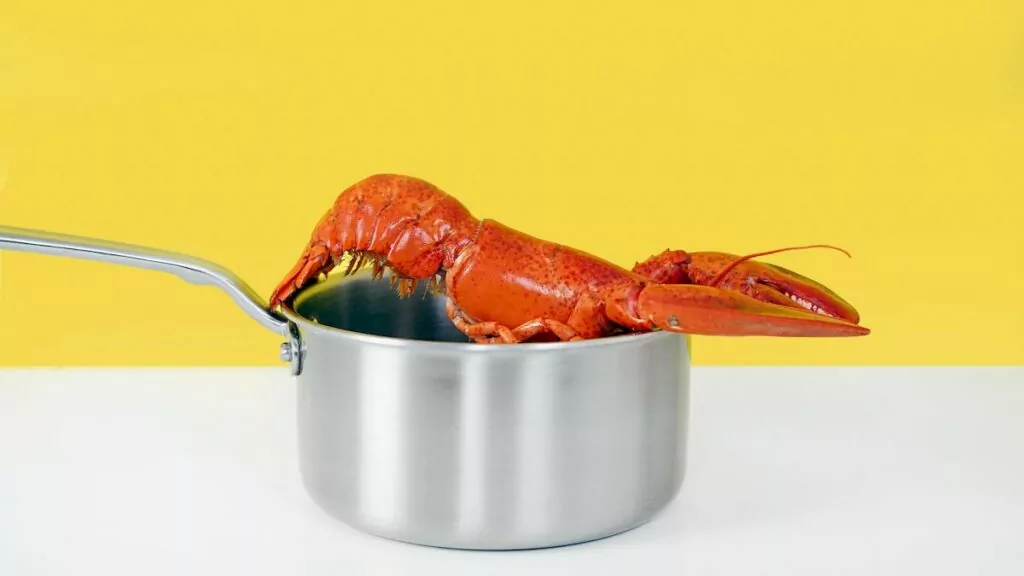
23. Crayfish turn red when you boil them
Live crayfish are brown or black in colour. When cooked, they turn red because the brown, green and blue colour pigment is destroyed during cooking.
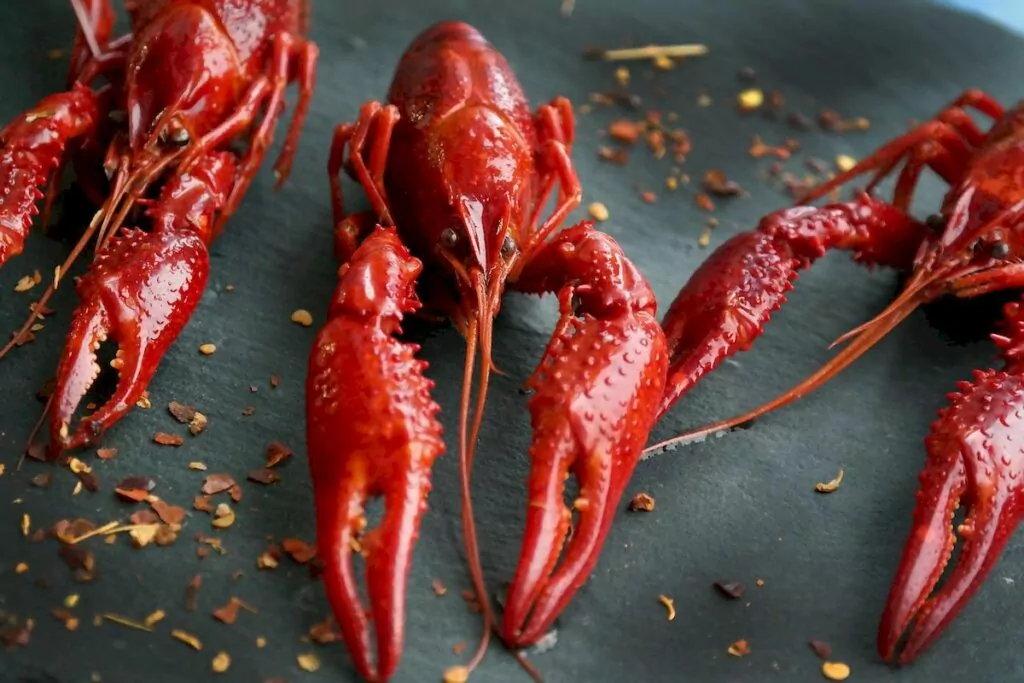
24. Crayfish are not kosher
Crayfish are not kosher according to Leviticus 11:9-12, because they are aquatic but lack fins and scales. This means that believing Jews, who strictly follow kosher rules, do not eat crayfish.
25. Swedes love crayfish
Swedes love crayfish and the delicacy is becoming more and more popular. Between 2000 and 2019, sales of seafood increased by 456 per cent, according to SCB. According to an article in svt, from 2017, we in Sweden eat around five million kilos of crayfish in August, which corresponds to half a kilo per person. The same article states that this is a world record.

More exciting facts about crayfish
We conclude with some more exciting facts about crayfish ...
- Carl Larsson has painted a famous 1897 work of art entitled 'Catching Crayfish' in which the whole family is involved.
- Crayfish (Cancer in Latin) is an astrological sign of the zodiac.
- People born under the sign of Cancer are considered sensitive, stubborn, loyal and imaginative, but also moody, pessimistic and insecure.
- The word crayfish was formerly used in Sweden for the disease cancer.
- Crayfish slices are now immensely popular in Sweden, but the word 'kräftskiva' has only been used since the 1930s.
- In the Cajun and Creole kitchens of Louisiana crayfish are served in pots at special crayfish feasts, known as crawfish boils.
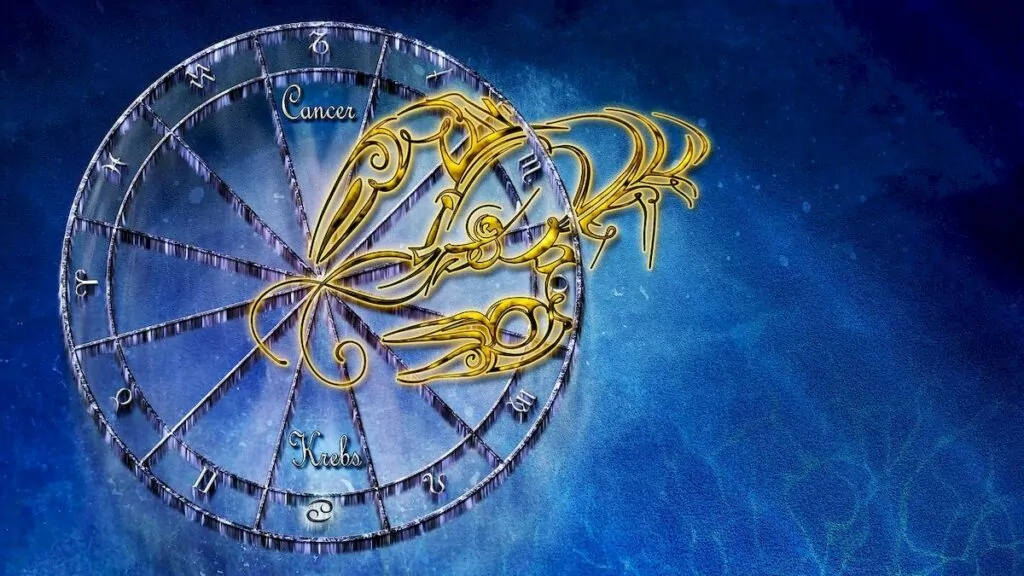
More facts about crayfish?
Do you know any more interesting facts about crayfish? Or perhaps you can share some exciting crayfish stories?
Many of the images in this article are borrowed from the Pixabay and Unsplash image banks.

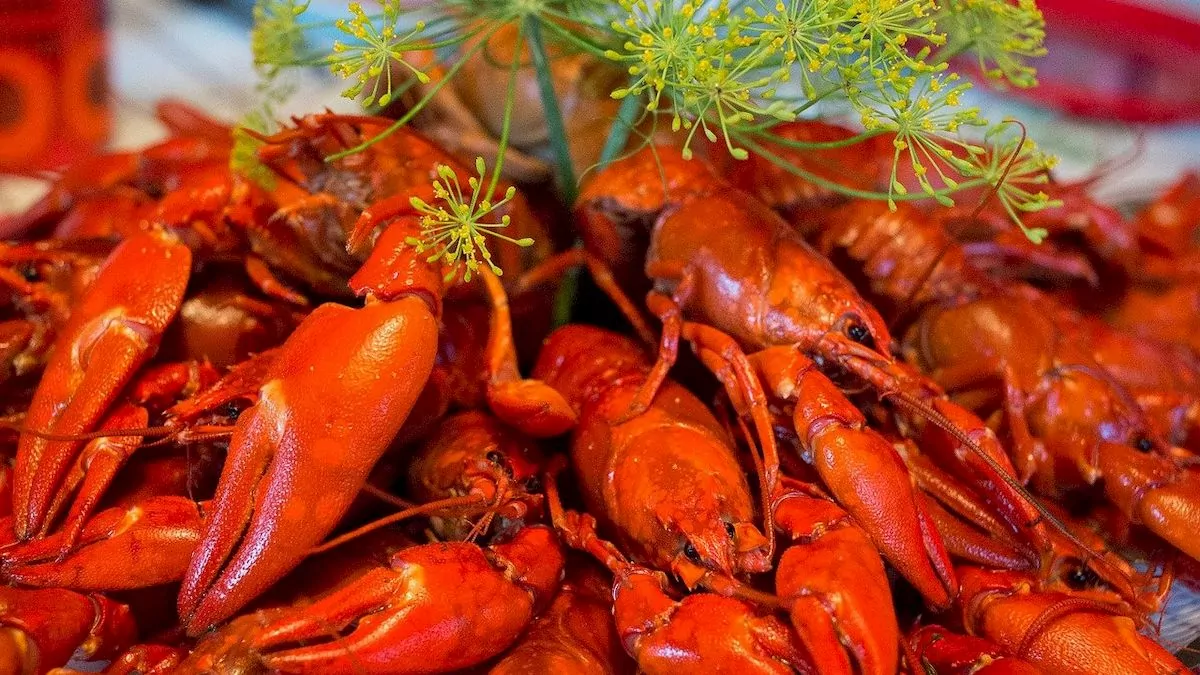










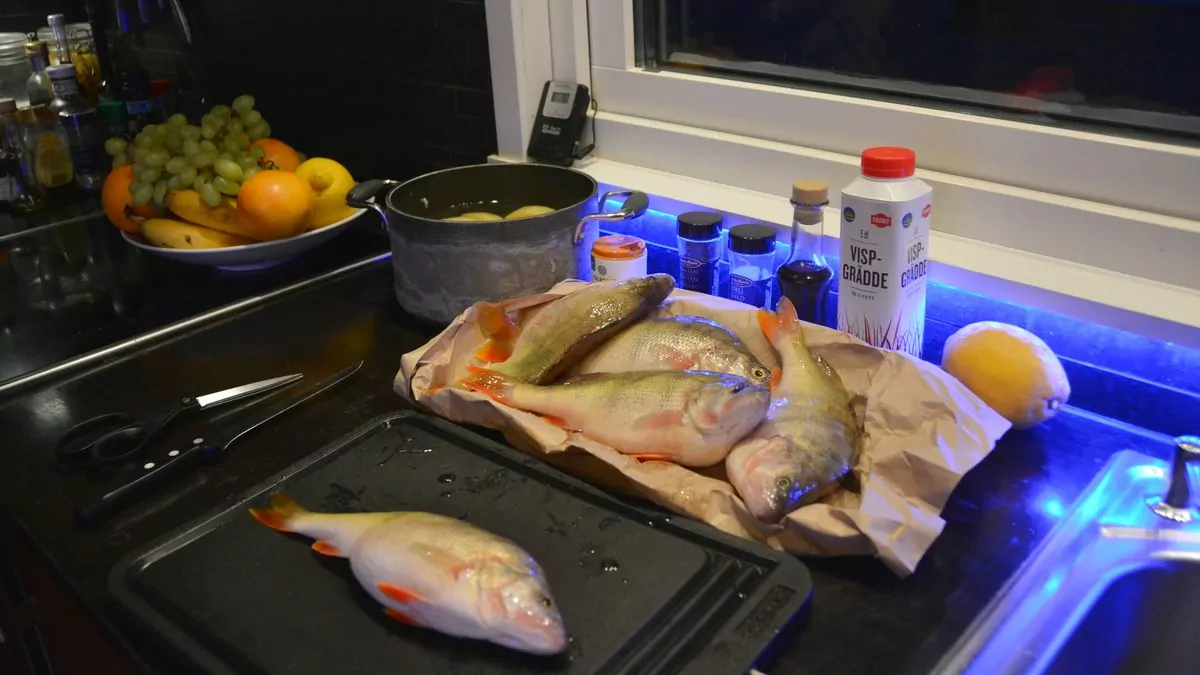
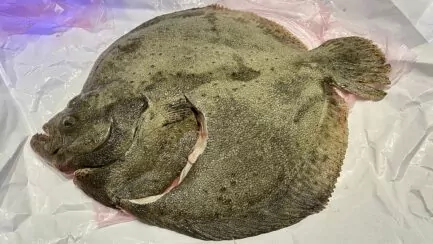





Lena+i+Wales+och+Spanien says:
Fun reading about crayfish.
I knew some of it, but far from all of it.
I haven't had the opportunity to visit you for a while, but I'm catching up. It was very interesting about "my" Bohuslän.
Have a nice weekend!
27 August 2022 - 11:18
BP says:
What a fun post:-) Love crayfish, but prefer jumbo crayfish to Swedish signal crayfish. Did not know that they change their shells and that they can have different sized claws. This year's crayfish looked surprisingly "handicapped". Many had one large claw and one tiny claw. It was the first time I noticed that there were so many crayfish that were "handicapped".
27 August 2022 - 19:53